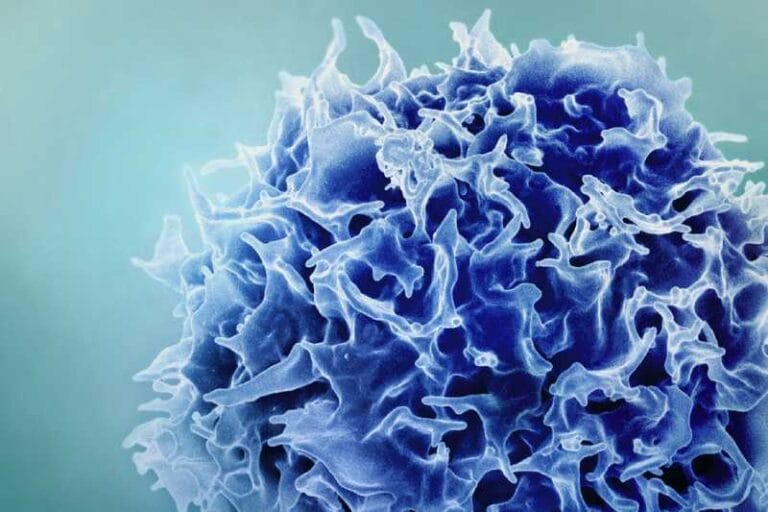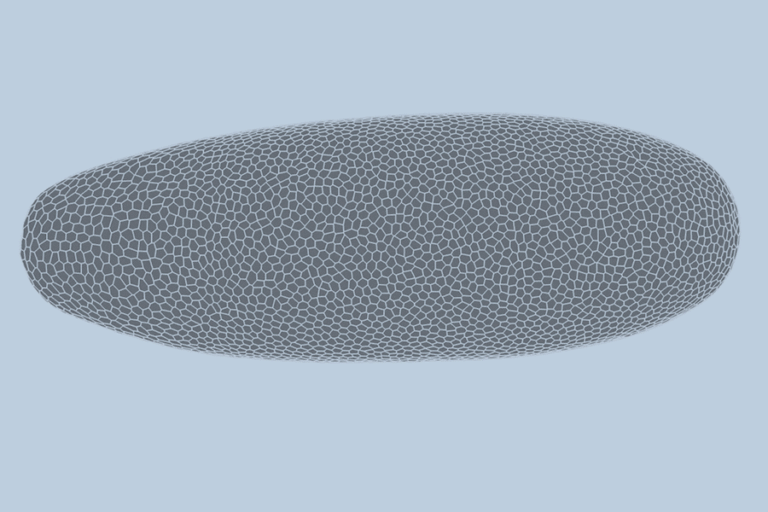Living Bioelectronics: A Medical Revolution
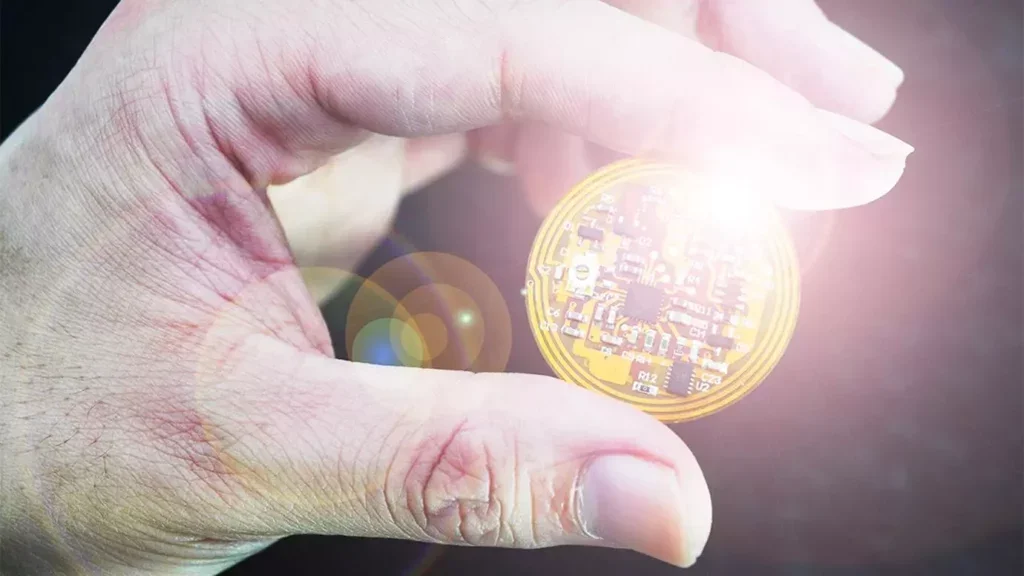
In an extraordinary leap forward for medical science, researchers from the University of Chicago have announced the development of “living bioelectronics,” a pioneering technology that integrates living cells with electronic components. This groundbreaking innovation promises to revolutionize medical diagnostics and treatment, offering a new frontier in the seamless fusion of biology and electronics.
Bridging Biology and Electronics
The innovative approach, partially funded by the U.S. Army Research Office, merges living cells with electronic devices to create biointegrated systems capable of sensing and healing skin conditions. Dr. Jiuyun Shi, a co-author of the study and a former PhD student in Dr. Bozhi Tian’s lab at the University of Chicago, described the development as a transformative step from traditional bioelectronics. “This is a bridge from traditional bioelectronics, which incorporates living cells as part of the therapy,” Dr. Shi explained.
The ABLE Platform
The core of this new technology is the “Active Biointegrated Living Electronics” (ABLE) platform, which combines sensors, bacterial cells, and a hydrogel composite. This intricate assembly forms a seamless interface between electronic devices and biological tissues, capable of monitoring and actively healing skin conditions such as psoriasis.
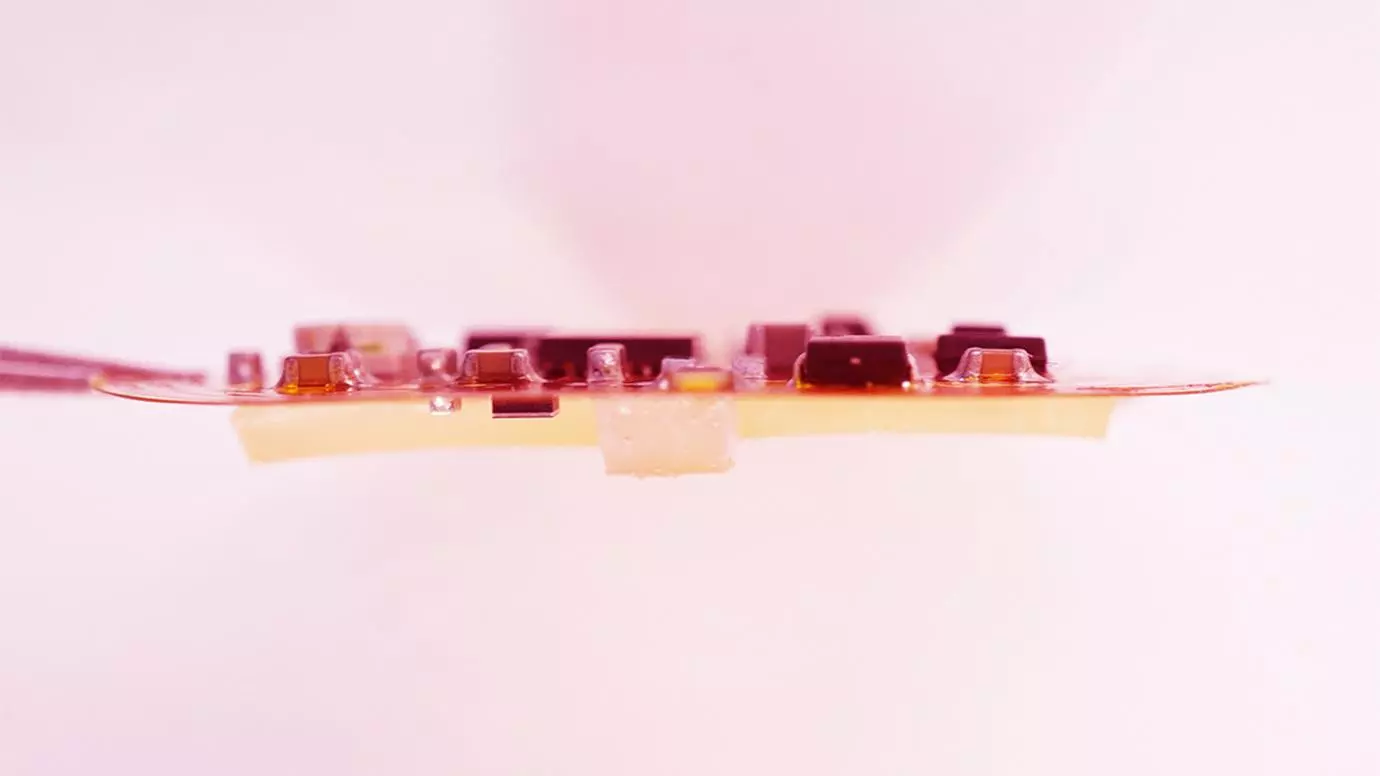
Bioelectronic devices, such as pacemakers and cochlear implants, have long played a crucial role in modern healthcare, saving and transforming lives. However, these devices often face challenges due to the mechanical and biological disparities between synthetic materials and living tissues, leading to potential immune system reactions and complications.
Overcoming Integration Challenges
The Tian lab has been at the forefront of overcoming these integration challenges. Their previous research yielded innovations like a light-controllable pacemaker and flexible bone implants. The ABLE platform builds on this foundation by incorporating living cells, specifically the bacterium Staphylococcus epidermidis, which is naturally found on human skin and known for its anti-inflammatory properties.
The ABLE device consists of a flexible electronic circuit embedded with sensors, overlaid with a gel made from tapioca starch and gelatin. This gel mimics the properties of living tissue and houses the S. epidermidis bacteria. When applied to the skin, the bacteria secrete compounds that reduce inflammation, while the sensors monitor skin signals such as temperature and humidity.
Promising Results and Future Applications
Tests on mice with psoriasis-like conditions demonstrated significant symptom reduction within a week. The researchers believe that with further development, the device could remain effective for up to six months. Its ability to be freeze-dried for storage and rehydrated when needed adds to its practicality as a long-term treatment solution. “It’s like a living drug—you don’t have to refill it,” said Saehyun Kim, a study co-author and PhD student in Tian’s lab.
The potential applications of the ABLE platform extend far beyond treating psoriasis. The researchers envision its use in accelerating wound healing for diabetic patients, developing insulin-producing devices, and creating interfaces with neurons for neurological applications. “There are many potential applications,” Dr. Tian noted, underscoring the vast possibilities this technology presents.
A Decade of Research
The development of the ABLE platform is the culmination of over a decade of research into how cells interact with materials and the chemistry and physics of hydrogels. Dr. Tian’s journey began 15 years ago as a postdoctoral researcher experimenting with “cyborg tissues.” His extensive research has significantly advanced our understanding of cellular interfaces and hydrogel properties, enabling this groundbreaking leap.
“Since then, we’ve learned so much about the fundamental questions, such as how cells interface with materials and the chemistry and physics of hydrogels, which allows us to make this leap,” he said. “To see it become [a]reality has been wonderful.”
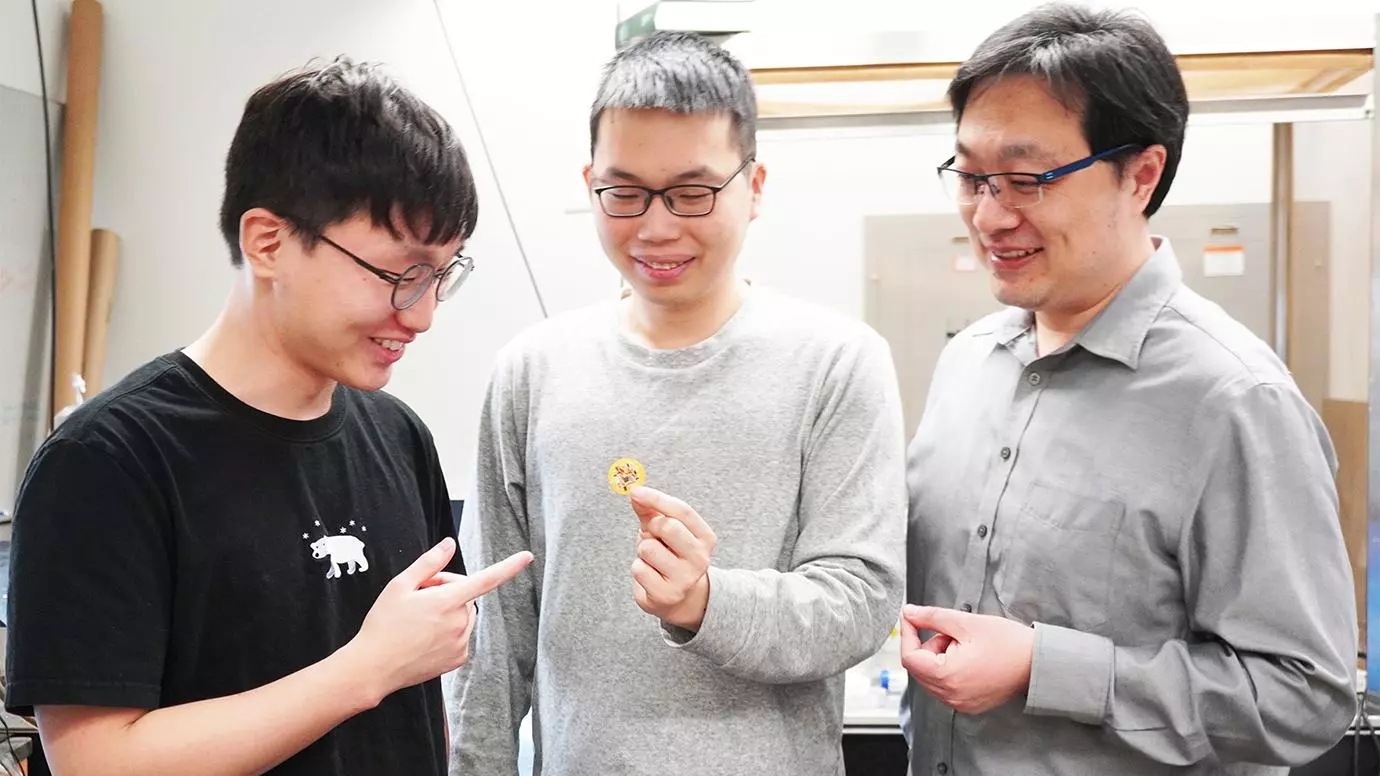
The Future of Bioelectronics
The advancement of living bioelectronics aligns with a broader trend of significant breakthroughs in the field. Recent innovations include Northwestern University’s “magic” bandage that heals wounds by harvesting electricity from the air and neural interfaces that translate brain signals into commands for prosthetic limbs. However, the integration of living cells into bioelectronic devices marks a particularly significant milestone, offering biocompatible and self-sustaining treatment options.
As research continues, living bioelectronics holds the potential to become a cornerstone of personalized and regenerative medicine. Dr. Tian’s team is optimistic about the future applications of their technology, which range from wound healing and diabetes management to neural stimulation and beyond. The group has partnered with the Polsky Center for Entrepreneurship and Innovation to commercialize the ABLE technology, aiming to bring it to market and into the hands of healthcare providers.
“My passion has always been to push the boundaries of what is possible in science,” said Dr. Shi. “I hope our work could inspire the next generation of electronic designs.”
The advent of living bioelectronics represents a new era in medical science, where the integration of biology and electronics could lead to treatments that are not only more effective but also inherently harmonious with the human body. As this technology continues to develop, it offers new hope for patients and sets the stage for future innovations in healthcare.
The researchers published their findings in the journal Science.


